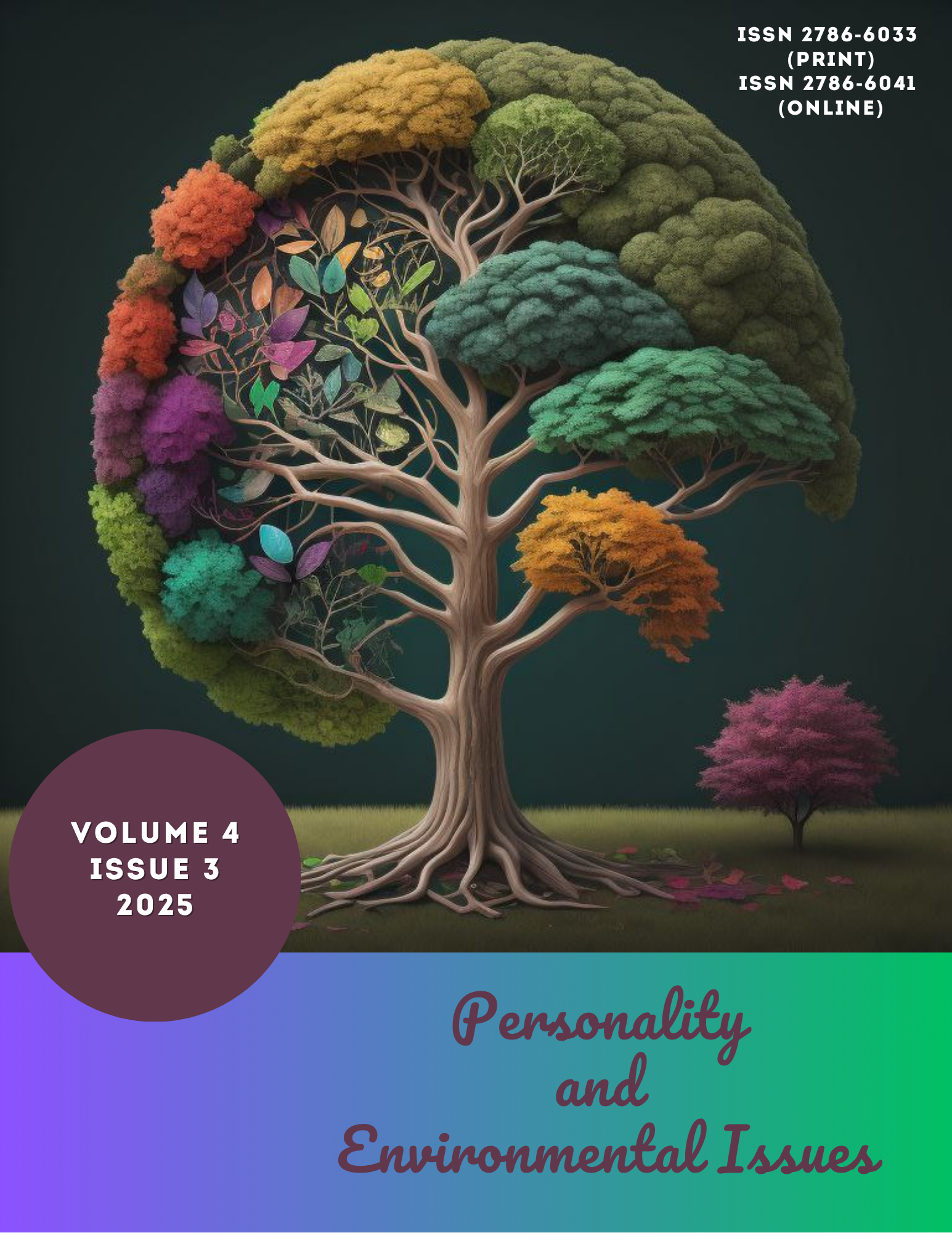Abstract
The article presents a theoretical analysis of the phenomenon of personal alienation in elderly people and explores the potential of creative activity as a means of its psychological overcoming. The relevance of the study is determined by the growing demographic trend of population aging and the accompanying psychosocial problems associated with isolation, loss of social roles, and reduced sense of self-value in later life. Personal alienation in old age is interpreted as a complex psychological state characterized by decreased self-acceptance, emotional detachment, and weakening of interpersonal relationships. Based on an interdisciplinary review of philosophical, sociological, and psychological literature, the author identifies the main determinants of this phenomenon, including social exclusion, cognitive decline, and existential crisis associated with awareness of life finitude.
The article substantiates that creative activity—both individual and collective—acts as a compensatory and adaptive resource capable of restoring the integrity of the self and reinforcing subjective vitality. The mechanisms of this influence are analyzed through the concepts of self-actualization (A. Maslow), individuation (C. Jung), and existential creativity (E. Fromm). Participation in creative processes (art therapy, music, literature, handicrafts) promotes the reestablishment of social connections, emotional expressiveness, and a renewed sense of purpose. The author emphasizes that creativity enables elderly individuals to re-symbolize their life experience, integrate past and present, and transform passive aging into active self-realization.
The paper concludes that the use of creative activity in gerontopsychological practice should be considered not only as a recreational or therapeutic method, but also as a form of existential support that helps overcome alienation, preserve identity, and maintain mental well-being in late adulthood. The theoretical analysis provides a basis for further empirical research aimed at developing comprehensive psycho-social programs fostering creative self-expression among the elderly.
References
Berezina O.O. Individual and psychological factors of personal development during the period of gerontogenesis : author's abstract Dissertation for the degree of Candidate of Psychological Sciences: specialty 19.00.07 “Pedagogical and Age Psychology” / Olena Oleksandrivna Berezina. – K.: 2012. – 19 p.
Cheever T, Taylor A, Finkelstein R, et al . NIH/ Kennedy Center workshop on music and the brain : Finding harmony . Neuron 2018;97(6):1214–1218.
Dunford CM, Yoshizaki-Gibbons HM, Morhardt D. The Memory Ensemble : Improvising connections among performance , disability , and aging . Research in Drama Education 2017;22(3):420-426.
Johnson JK, Stewart AL, Acree M, et al . A community choir intervention this promote well-being among diverse older adults : Results from the Community of Voices trial . Journals of Gerontology : Series B. Published Nov. 9, 2018.
National Endowment for the Arts . The arts and aging : Building the science . (PDF, 2.3M) Summary of a National Academies workshop , “ Research gaps and opportunities for exploring the relationship of the arts this health and well-being in older adults .” February 2013.

This work is licensed under a Creative Commons Attribution 4.0 International License.
Copyright (c) 2025 Вадим Подорожний





